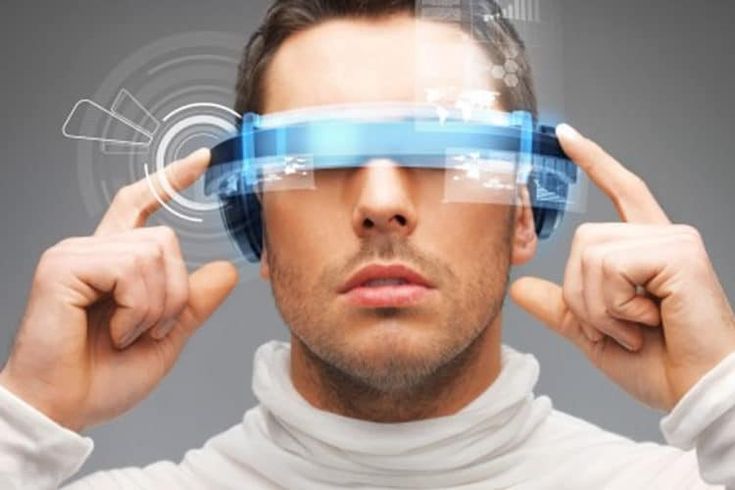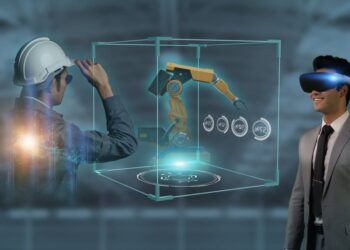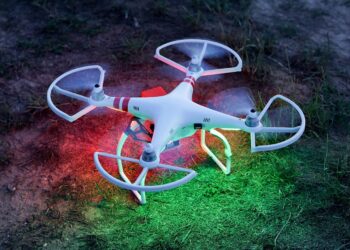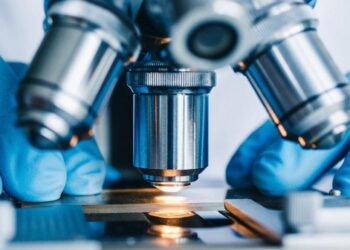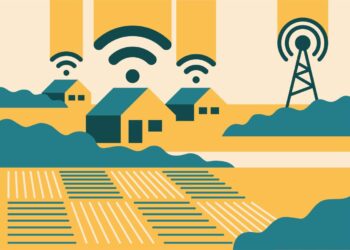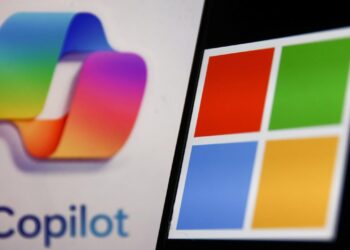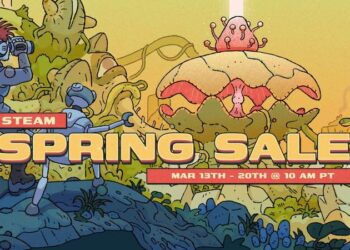The Dawn of a New Era in Technology
The world is changing at an unprecedented pace, driven by a series of technological disruptions that are not merely incremental improvements but fundamental shifts. These innovations are poised to reshape industries, economies, and our daily lives in ways we can barely imagine. This article will delve into the most significant technological forces at play, exploring how they are converging to create a future that is both thrilling and challenging. We will examine the rise of Artificial Intelligence, the potential of Quantum Computing, the expansive world of the Metaverse, the interconnectedness of the Internet of Things, the transparency of Blockchain, the promise of Biotechnology, and the increasing autonomy of Robotics.
A. The Unstoppable March of Artificial Intelligence
The era of Artificial Intelligence is no longer a distant sci-fi concept; it is here, and it’s already transforming every facet of our existence. From powering our search engines to driving our cars, AI’s influence is ubiquitous.
- Generative AI: The New Creative Frontier Generative AI, exemplified by models like GPT-4 and Midjourney, is democratizing creation. These systems can write compelling articles, compose original music, and generate photorealistic images from simple text prompts. They are not just tools but collaborators, enabling artists, writers, and designers to push the boundaries of their creativity. In business, Generative AI is used to create marketing copy, design product prototypes, and even develop complex code, significantly reducing time and resource expenditure.
- AI in Healthcare: A Revolution in Diagnosis and Treatment In medicine, AI is a game-changer. Machine learning algorithms can analyze medical images, such as X-rays and MRIs, to detect signs of disease like cancer or tumors with higher accuracy and speed than human doctors. AI is also accelerating drug discovery by simulating molecular interactions, allowing researchers to identify promising compounds in a fraction of the time. Furthermore, personalized medicine, guided by AI, can analyze a patient’s genetic data to tailor treatment plans for maximum effectiveness.
- AI in Everyday Life: From Smart Homes to Personalized Experiences Our homes are getting smarter thanks to AI-powered devices like Alexa and Google Assistant. They learn our habits, anticipate our needs, and automate tasks, creating a truly connected living experience. On a larger scale, AI algorithms curate our social media feeds, recommend movies on streaming platforms, and filter spam from our inboxes, providing a personalized digital journey that feels intuitive and seamless.
B. The Dawn of Quantum Computing
While today’s computers rely on bits (0s and 1s), quantum computers use qubits, which can represent both 0 and 1 simultaneously. This fundamental difference unlocks unimaginable processing power, promising to solve problems that are currently impossible for even the most powerful supercomputers.
- Understanding the Quantum Leap Imagine a maze with countless paths. A classical computer would have to try each path one by one. A quantum computer, thanks to the principle of superposition, can explore all paths at once. This ability to perform parallel computations on a massive scale is what gives quantum computing its transformative potential.
- Potential Applications Across Industries The implications of this technology are staggering. In cryptography, quantum computers could break today’s most secure encryption, necessitating the development of new, quantum-resistant algorithms. In finance, they could optimize complex trading strategies and fraud detection. For material science, they could simulate new molecular structures to create more efficient batteries, stronger alloys, or groundbreaking medical drugs.
- The Race to Quantum Supremacy Major tech giants like Google, IBM, and Microsoft are locked in a race to build a practical quantum computer. However, significant challenges remain, including maintaining the delicate state of qubits and scaling up the hardware. The first company to achieve “quantum supremacy” will hold a monumental advantage.
C. The Metaverse: A New Digital Reality
The metaverse is not just a game; it is a persistent, shared virtual space where people can interact, work, learn, and socialize as digital avatars. It is a convergence of virtual reality, augmented reality, and the physical world, blurring the lines between online and offline existence.
- Beyond Gaming: A Platform for Life While gaming is a gateway to the metaverse, its potential extends far beyond entertainment. Imagine attending a business meeting in a virtual office, collaborating on a 3D model with colleagues from across the globe, or taking a university course with lifelike simulations. The metaverse promises to change the way we work and learn, making these experiences more immersive and engaging.
- Key Technologies Driving Immersion Virtual Reality (VR) provides full immersion, allowing users to enter a completely digital world. Augmented Reality (AR) overlays digital information onto the real world, as seen in apps like Pokémon Go or virtual furniture placements in your home. Haptic feedback devices further enhance the experience by allowing users to “feel” digital objects, creating a multi-sensory environment.
- The Rise of a Digital Economy The metaverse is creating a new economy. Digital real estate, NFTs (non-fungible tokens), and virtual goods are being bought and sold for real-world currency. Businesses from Nike to Gucci are establishing a presence in these virtual worlds, seeing them as the next frontier for commerce and brand engagement.
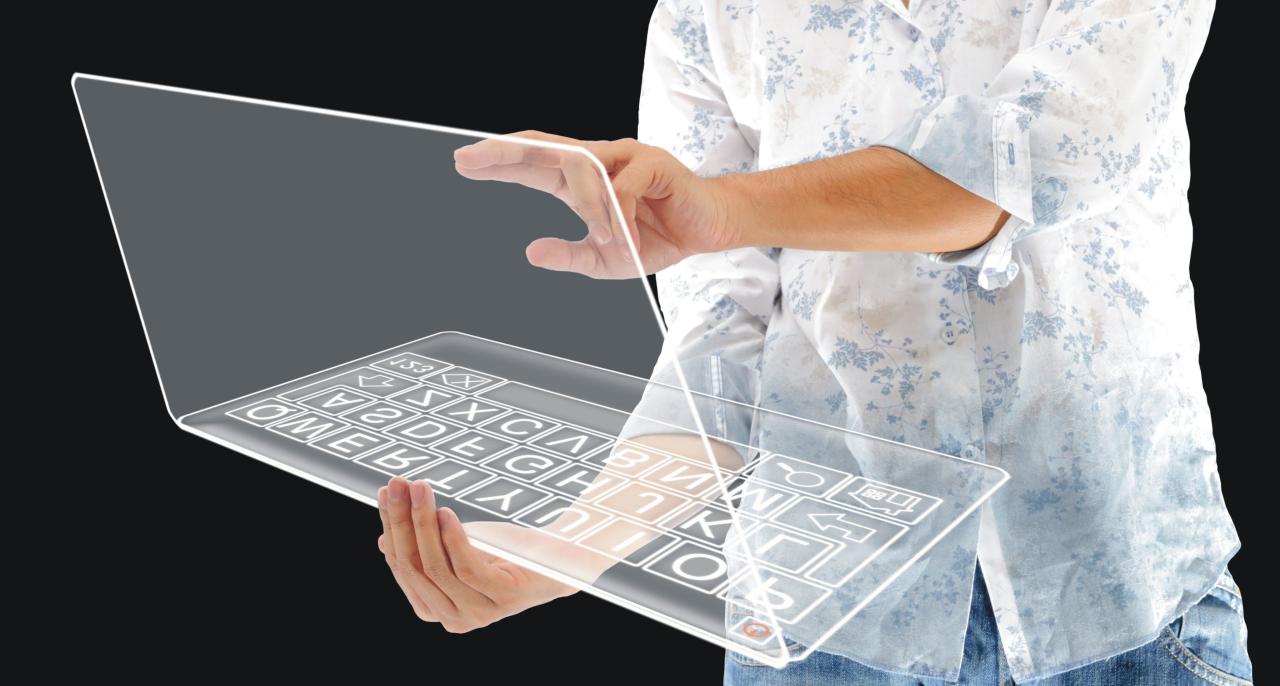 D. The Internet of Things (IoT) Expands Its Reach
D. The Internet of Things (IoT) Expands Its Reach
The Internet of Things (IoT) refers to the network of physical objects—”things”—embedded with sensors, software, and other technologies for the purpose of connecting and exchanging data with other devices and systems over the internet.
- Smart Cities and a Connected Infrastructure IoT is the backbone of smart cities. Sensors embedded in streetlights can adjust their brightness based on pedestrian traffic, while smart bins can signal when they need to be emptied. This data-driven approach optimizes resource management and improves urban life, from managing traffic flow to monitoring air quality.
- Industrial IoT (IIoT): The Smart Factory In manufacturing, IoT is creating the Industrial Internet of Things (IIoT). Sensors on factory machinery can monitor performance and predict when a part might fail, enabling predictive maintenance. This dramatically reduces downtime and increases efficiency. A smart factory is a highly automated environment where every machine communicates with one another to optimize the entire production process.
- Security and Privacy Concerns As more devices become connected, the potential for security breaches grows exponentially. An interconnected network of devices is a prime target for hackers. Protecting personal data and securing these networks against cyberattacks is a major challenge that must be addressed for IoT to reach its full potential.
E. The Blockchain and the Decentralized Future
Often associated with cryptocurrencies like Bitcoin, Blockchain is a secure, distributed digital ledger that cannot be altered. Its true potential lies in its ability to create trust and transparency in a world that increasingly lacks it.
- Beyond Cryptocurrencies: The Core of Trust The blockchain’s decentralized nature means there is no single point of control. Every transaction is verified by a network of computers, making it incredibly secure and transparent. This technology can be used for far more than finance.
- Transforming Supply Chain and Logistics Imagine tracking a product from its origin to the consumer. A blockchain-based supply chain can provide a tamper-proof record of every step—from the farm to the factory, through customs, and onto the store shelf. This helps combat fraud, ensures product authenticity, and gives consumers peace of mind.
- Decentralized Autonomous Organizations (DAOs) Decentralized Autonomous Organizations (DAOs) are a new form of organization run by smart contracts on a blockchain. Decisions are made by the community, not by a single CEO or board of directors. This has the potential to create a more democratic and transparent way of managing companies, communities, and even governments.
F. The Revolution in Biotechnology
For millennia, humans have sought to understand and manipulate biology. Now, a new wave of biotechnological advancements is giving us unprecedented power to edit our own genetic code and create new life forms.
- Gene Editing with CRISPR The CRISPR-Cas9 tool has made gene editing more precise, efficient, and affordable than ever before. It offers the promise of curing genetic diseases like cystic fibrosis and sickle cell anemia. However, it also raises complex ethical questions about “designer babies” and the potential for misuse.
- Synthetic Biology and Bioprinting Synthetic biology involves designing and creating new biological parts, devices, and systems. Scientists are engineering microorganisms to produce biofuels, clean up pollution, and manufacture sustainable materials. Meanwhile, bioprinting uses 3D printing technology to create living tissues and even functional organs, holding the key to solving the global organ donor shortage.
G. The Rise of Autonomous Systems
Autonomous systems—machines that can operate without human intervention—are transitioning from laboratories to our roads, skies, and workplaces.
- Self-Driving Cars and the Future of Mobility The development of self-driving cars is accelerating, led by companies like Tesla and Waymo. They promise safer roads, reduced traffic congestion, and greater accessibility for people with disabilities. However, they face significant hurdles, including regulatory challenges, liability issues, and public trust.
- Autonomous Drones in the Air Autonomous drones are being used for package delivery, crop dusting, and search-and-rescue operations. They are faster, cheaper, and safer than their human-piloted counterparts for a wide range of tasks.
- Robotics in the Workplace Robots are no longer just on assembly lines. They are now being used in warehouses to fulfill orders, in hospitals to assist with surgeries, and in restaurants to prepare food. They are not simply replacing human labor but are increasingly collaborating with humans to enhance productivity and safety.
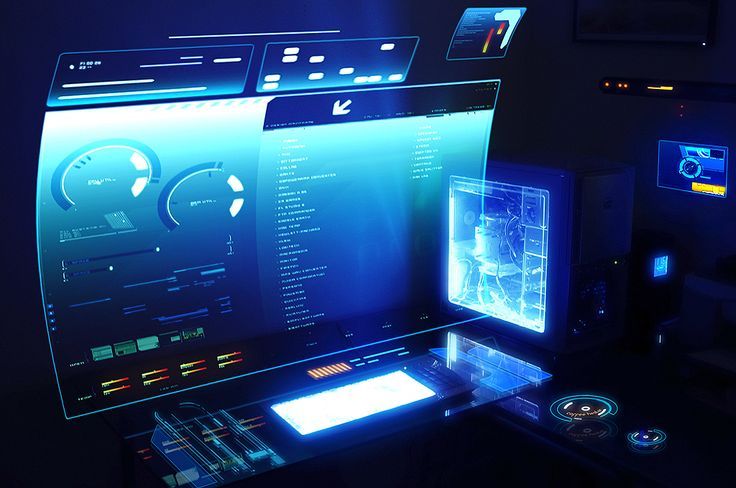 Conclusion: Navigating a Future Shaped by Innovation
Conclusion: Navigating a Future Shaped by Innovation
These technological disruptions are not occurring in isolation; they are converging and amplifying one another. AI fuels breakthroughs in biotechnology, while IoT and blockchain create the foundation for a truly decentralized metaverse. As a result, the pace of change will only accelerate. The key to thriving in this new landscape is not to resist change but to understand it. We must adapt our skills, rethink our industries, and engage in a global conversation about the ethical implications of these powerful new tools. The future is not something that happens to us; it is something we are actively building, one technological breakthrough at a time.

